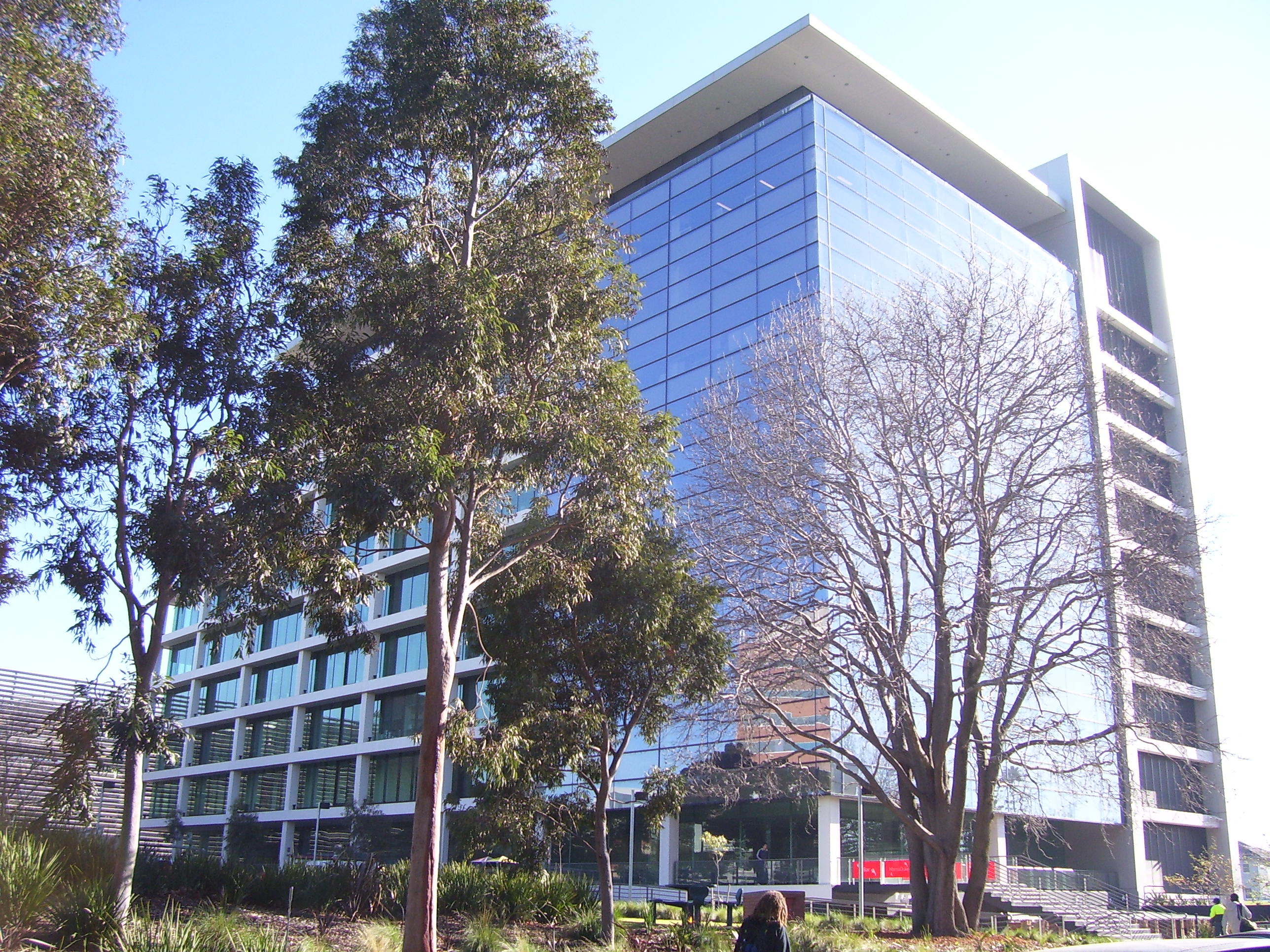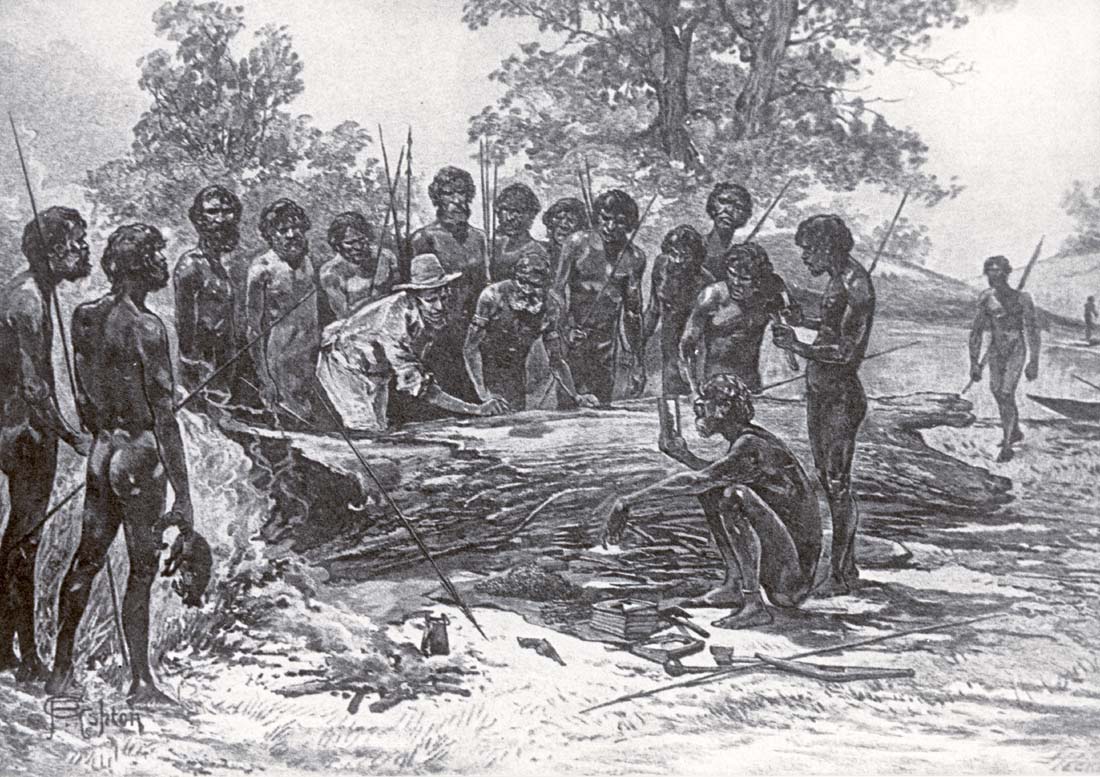|
GBBS (DOS)
Graphics BBS (GBBS) was a bulletin board system server developed from 1989-1992 by Eric Anderson as part of his thesis at Chisholm Institute of Technology. Although it had superior graphics capabilities compared to RIP, it was harder to integrate into existing BBS's, and so was ultimately less popular. GBBS allowed sending graphics defined by BASIC commands as well as GIF images. Since the images were cached between sessions, each image only needed to be downloaded once so these connections were often as fast as a text BBS. The software was primarily used around Melbourne until the Internet The Internet (or internet) is the global system of interconnected computer networks that uses the Internet protocol suite (TCP/IP) to communicate between networks and devices. It is a ''internetworking, network of networks'' that consists ... killed the old bulletin boards. References Bulletin board system software {{compu-stub ... [...More Info...] [...Related Items...] OR: [Wikipedia] [Google] [Baidu] |
Bulletin Board System
A bulletin board system (BBS), also called computer bulletin board service (CBBS), is a computer server running software that allows users to connect to the system using a terminal program. Once logged in, the user can perform functions such as uploading and downloading software and data, reading news and bulletins, and exchanging messages with other users through public message boards and sometimes via direct chatting. In the early 1980s, message networks such as FidoNet were developed to provide services such as NetMail, which is similar to internet-based email. Many BBSes also offer online games in which users can compete with each other. BBSes with multiple phone lines often provide chat rooms, allowing users to interact with each other. Bulletin board systems were in many ways a precursor to the modern form of the World Wide Web, social networks, and other aspects of the Internet. Low-cost, high-performance asynchronous modems drove the use of online services and ... [...More Info...] [...Related Items...] OR: [Wikipedia] [Google] [Baidu] |
Server (computing)
In computing, a server is a piece of computer hardware or software (computer program) that provides functionality for other programs or devices, called " clients". This architecture is called the client–server model. Servers can provide various functionalities, often called "services", such as sharing data or resources among multiple clients, or performing computation for a client. A single server can serve multiple clients, and a single client can use multiple servers. A client process may run on the same device or may connect over a network to a server on a different device. Typical servers are database servers, file servers, mail servers, print servers, web servers, game servers, and application servers. Client–server systems are usually most frequently implemented by (and often identified with) the request–response model: a client sends a request to the server, which performs some action and sends a response back to the client, typically with a result or ackn ... [...More Info...] [...Related Items...] OR: [Wikipedia] [Google] [Baidu] |
Chisholm Institute Of Technology
Monash University, Caulfield campus is a campus of Monash University located in Caulfield East, which is a suburb of Melbourne, Australia, in the state of Victoria. The campus comprises 13,400 students of which 52.8% are female and 57.1% of students are enrolled in undergraduate courses. Before its incorporation into Monash University, it was the Caulfield campus of Chisholm Institute of Technology, which was created from the union of Caulfield Institute of Technology and the State College of Victoria at Frankston.'' History The campus was founded as the Caulfield Technical School in 1922, making it the second oldest campus of Monash University (after the Victorian College of Pharmacy). A Junior Technical High School was added in the 1950s, with the Technical School becoming a Senior Technical High School. They separated in 1958 with the junior school absorbed by other technical schools in the area and the senior school became Caulfield Technical College. In 1968 it becam ... [...More Info...] [...Related Items...] OR: [Wikipedia] [Google] [Baidu] |
Remote Imaging Protocol
The Remote Imaging Protocol and its associated Remote Imaging Protocol Script language, RIP''scrip'', is a graphics language that provides a system for sending vector graphics over low-bandwidth links, notably modems. It was originally created by Jeff Reeder, Jim Bergman, and Mark Hayton of TeleGrafix Communications in Huntington Beach, California to enhance bulletin board systems and other applications. RIPscrip was introduced in 1992 and consisted of ASCII-text descriptions of vector-drawn graphics and images, along with facilities to create menus and clickable buttons. These were sent from the BBS instead of the more common ANSI color-coded text-mode screens, and were interpreted on the user's end by a RIP-enabled terminal program such as TeleGrafix's own RIPTerm. Lines of text appeared in one display, graphics in another. RIPscrip could not be used as the basis for a complete GUI, as it included no text editing system. RIPscript 1.5x was a text based wrapper around th ... [...More Info...] [...Related Items...] OR: [Wikipedia] [Google] [Baidu] |
BASIC
BASIC (Beginners' All-purpose Symbolic Instruction Code) is a family of general-purpose, high-level programming languages designed for ease of use. The original version was created by John G. Kemeny and Thomas E. Kurtz at Dartmouth College in 1963. They wanted to enable students in non-scientific fields to use computers. At the time, nearly all computers required writing custom software, which only scientists and mathematicians tended to learn. In addition to the program language, Kemeny and Kurtz developed the Dartmouth Time Sharing System (DTSS), which allowed multiple users to edit and run BASIC programs simultaneously on remote terminals. This general model became very popular on minicomputer systems like the PDP-11 and Data General Nova in the late 1960s and early 1970s. Hewlett-Packard produced an entire computer line for this method of operation, introducing the HP2000 series in the late 1960s and continuing sales into the 1980s. Many early video games trace their ... [...More Info...] [...Related Items...] OR: [Wikipedia] [Google] [Baidu] |
Melbourne
Melbourne ( ; Boonwurrung/ Woiwurrung: ''Narrm'' or ''Naarm'') is the capital and most populous city of the Australian state of Victoria, and the second-most populous city in both Australia and Oceania. Its name generally refers to a metropolitan area known as Greater Melbourne, comprising an urban agglomeration of 31 local municipalities, although the name is also used specifically for the local municipality of City of Melbourne based around its central business area. The metropolis occupies much of the northern and eastern coastlines of Port Phillip Bay and spreads into the Mornington Peninsula, part of West Gippsland, as well as the hinterlands towards the Yarra Valley, the Dandenong and Macedon Ranges. It has a population over 5 million (19% of the population of Australia, as per 2021 census), mostly residing to the east side of the city centre, and its inhabitants are commonly referred to as "Melburnians". The area of Melbourne has been home to Abori ... [...More Info...] [...Related Items...] OR: [Wikipedia] [Google] [Baidu] |
Internet
The Internet (or internet) is the global system of interconnected computer networks that uses the Internet protocol suite (TCP/IP) to communicate between networks and devices. It is a ''internetworking, network of networks'' that consists of private, public, academic, business, and government networks of local to global scope, linked by a broad array of electronic, wireless, and optical networking technologies. The Internet carries a vast range of information resources and services, such as the inter-linked hypertext documents and Web application, applications of the World Wide Web (WWW), email, electronic mail, internet telephony, telephony, and file sharing. The origins of the Internet date back to the development of packet switching and research commissioned by the United States Department of Defense in the 1960s to enable time-sharing of computers. The primary precursor network, the ARPANET, initially served as a backbone for interconnection of regional academic and mi ... [...More Info...] [...Related Items...] OR: [Wikipedia] [Google] [Baidu] |




